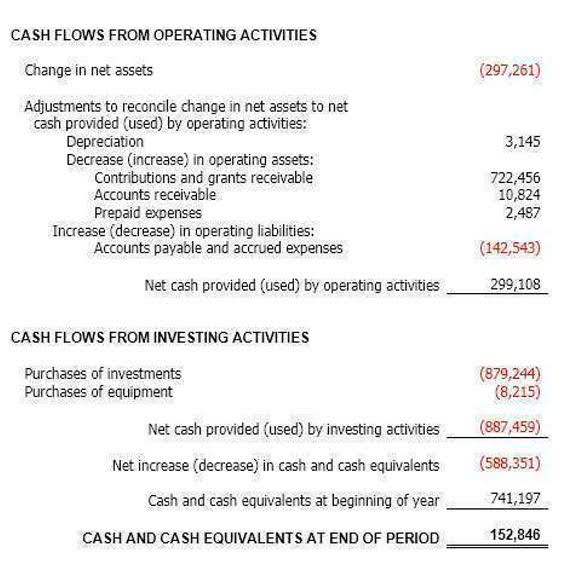
This process continues until the bond matures, with the carrying amount gradually increasing towards the face value. An amortization schedule provides a clear, period-by-period breakdown of these calculations. While this example simplifies a complex process, it highlights the core principles of the EIRM.
Example of Premium Bond Amortization
The restricted account is Bond Sinking Fund and it is reported in the long-term investment section of the balance sheet. When a bond is sold at a discount, the amount of the bond discount must be amortized to interest expense over the life of the bond. We calculate these two present values by discounting the future cash amounts by the market interest rate per semiannual period. It is reasonable that a bond promising to pay 9% interest will sell for more than its face value when the market is expecting to earn only 8% interest. In other words, the 9% bond will be paying $500 more semiannually than the bond market is expecting ($4,500 vs. $4,000). If investors will be receiving an additional $500 semiannually for 10 semiannual periods, they are willing to pay $4,100 more than the bond’s face amount of $100,000.
How do you calculate the interest expense using the effective interest method?
From the perspective of an issuer, a bond premium occurs when the bond is sold for more than its face value. This premium represents additional money that the issuer receives over the bond’s face value, which must be amortized over the life of the bond. Conversely, a bond discount arises when the bond is sold for less than its face value, indicating that the issuer received less than the bond’s face value from investors.
Bond Amortization Schedule – Effective Interest Method
- This results in a more precise matching of interest expense with the periods in which the economic benefits are derived, enhancing the reliability of financial statements.
- For companies with high volumes of transactions, these advancements are essential for staying competitive and maintaining financial stability.
- With bondholders buying and selling their bond investments on any given day, there needs to be a mechanism to compensate each bondholder for the interest earned during the days a bond was held.
- A bond premium occurs when investors are willing to pay more than the face value of a bond, because its stated interest rate is higher than the prevailing market interest rate.
- DebtBook also offers another acceptable form of the Effective Interest method that takes into account the callability of maturities.
- Suppose, for example, a business issued 10% 2-year bonds payable with a par value of 250,000 and semi-annual payments, in return for cash of 241,337 representing a market rate of 12%.
The application of the effective interest method affects both the income statement and the balance sheet. Interest income is recognized in the income statement, while the carrying amount of the bond on the balance sheet is adjusted for the amortized discount. By using the effective interest rate method, your financial statements will show a more accurate and consistent representation of interest expense.
Present Value of a Bond’s Maturity Amount
Amortization of Bond Premium refers to the amortization of excess premium paid over and above the face value of the Bond. A bond has a stated coupon rate of interest and pays interest to the bond investors based on such a coupon rate of interest. It is valued at the present value of interest payments and face value determined based on the market interest rate.
- Amortize the premium or discount by the difference between the actual interest paid or received and the interest expense or income calculated using the effective interest rate.
- Unlike the real interest rate, the effective interest rate does not take inflation into account.
- On April 5, 2023, DebtBook introduced the “Straight-Line by Maturity” method based on client feedback.
- This method of interest calculation is essential for financial instruments that do not pay interest at a steady rate throughout their life, such as zero-coupon bonds, or for loans with various compounding periods.
- These standards advocate for this method due to its ability to provide a true and fair view of an entity’s financial position.
Understanding the Asian Markets The Asian markets have long been a focal point for investors and… Shaun Conrad is a Certified Public Accountant and CPA exam expert with a passion for teaching. After almost a decade of experience in public accounting, he created MyAccountingCourse.com to help people learn accounting & finance, pass the CPA exam, and start their career. Download this accounting example in excel to help calculate your own Bond Discount problems. An interest-bearing asset Accounts Receivable Outsourcing also has a higher effective interest rate as more compounding occurs.

Impact on Financial Statements and Investor Perception

If your business deals with complex financial instruments or requires precise interest calculations, the effective interest rate method is generally preferred. It aligns with generally accepted accounting principles (GAAP) and offers a more transparent view of your financial position. For businesses seeking to simplify complex accounting processes and ensure compliance, consider scheduling a data consultation with HubiFi.
Tax books

Record the interest expense or income along with the corresponding increase or decrease in the bond’s carrying value on the balance sheet. This process continues each year, with the carrying amount gross vs net and the interest expense being recalculated until the bond matures or is called. Unlike the real interest rate, the effective interest rate does not take inflation into account.
Effective Interest Method: Effective Interest Method: The Key to Accurate Bond Carrying Value Calculation

GreatCo would use the Effective Interest Method to gradually amortise the £20,000 paid as a premium over the five-year life of the bond. This procedure ensures correct recognition of interest expense throughout the bond’s life. when the effective interest rate method is used, the amortization of the bond premium Since the sales proceeds ($936,815) is less than the bonds’ face value, the bonds were issued at a discount of $63,185. The amount of the discount amortized in year 2 is the difference between the interest expense of $47,462 and the interest payment of $40,000 i.e. $7,462.
